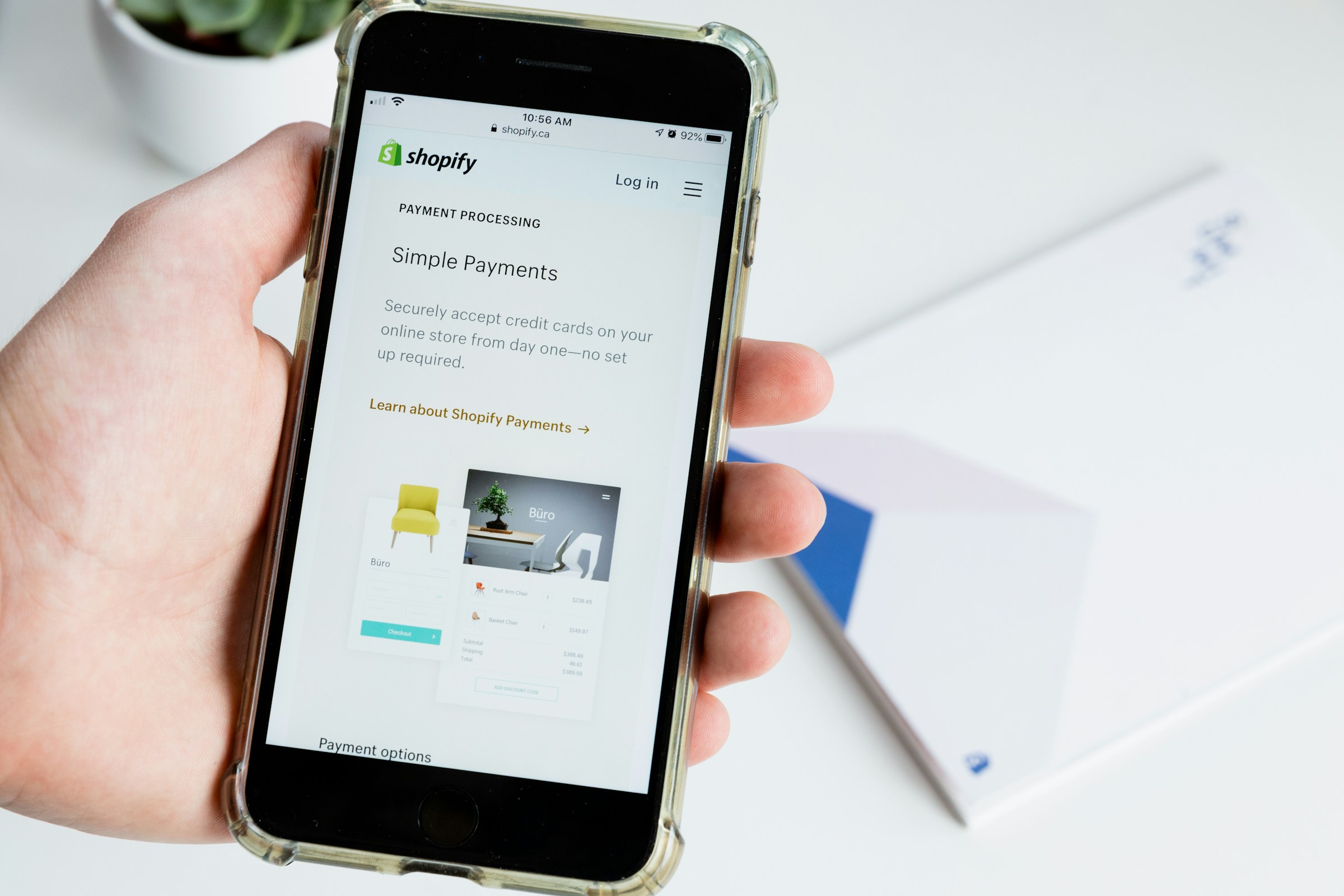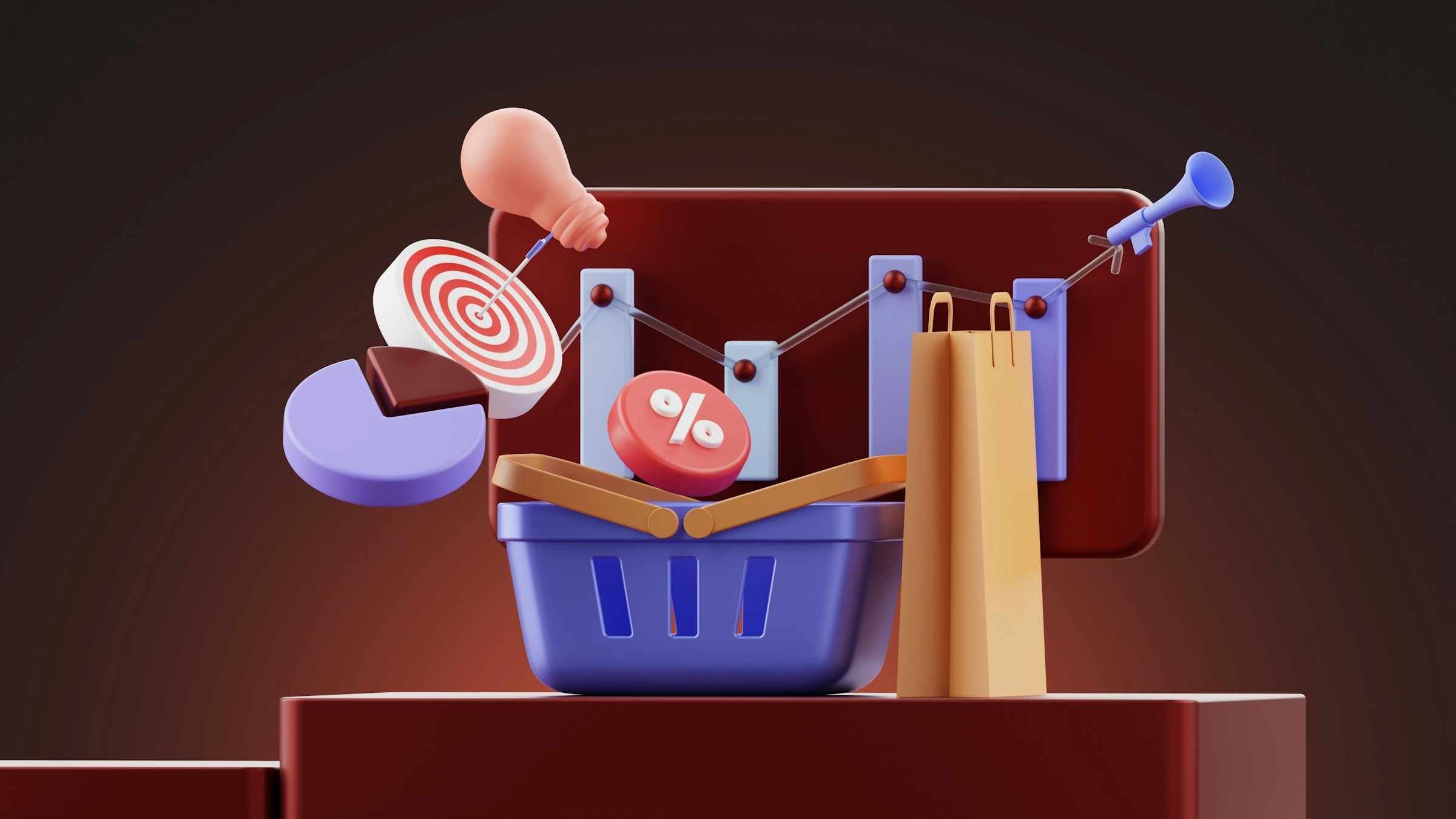Have you heard the almost biblical tale of the button that cost $300 million? Back in the early 2000s, a big ecommerce retailer noticed a ton of customers ditching their carts unpaid. Digging into it, they uncovered aseriously annoying pattern.
After people filled their carts and hit “pay,” up popped a form forcing them to register or log in. But swap that “Register” button for a “Continue” one (and ditch the registration requirement) — and the number of users finishing their purchases jumped 45%. That tweak pumped the retailer’s yearly profit by $300 million.
This story’s here to show that practically anything can tank or boost your business. Today, we’re zeroing in on the key reasons online stores fail and ways to avoid them.

#1. Lack of Market Research
Selling without knowing your audience is like playing darts with your eyes blindfolded. Data shows 42% of failed startups call ignoring the market as a top issue. Some e-commerce businesses lose up to 30% of potential revenue because their offerings miss the target audience.
How to avoid?
- Poll your customers. Lots of people will happily fill out a survey or sit for a 20-minute interview for a 10% discount. Tools like SurveyMonkey can make it a breeze.
- Build detailed buyer personas, like “Maria, 31, a stay-at-home mom. Interested in self-growth. Buys online a lot. Follows sustainability blogs.”
- Tap into analytics tools like Google Trends or Hootsuite.
- Launch small test ad campaigns to gauge your audience’s interest.
#2. Poor Website Performance
A one-second delay in site loading can slash conversions by 7%. A slow site or lags during checkout are silent killers of your sales.
How to avoid?
- Build a technically sound site. Newbies or small businesses might start with templates or tap into Shopify web development services.
- Focus on optimization. What can you do yourself? Switch to WebP images, compress GIFs to under 5MB max, and check Google PageSpeed Insights — aim for a score of 90 or higher.
An example of Google PageSpeed Insights
#3. Inadequate Marketing Strategy
If no one sees or hears about you, they won’t buy, even if your products are pure gold.
How to avoid:
- Be where your customers hang out. Invest in SEO, email marketing, LLM marketing, and more.
- Use social proof.
- Launch paid ads on Facebook and Google Ads.

#4. Ignoring Customer Service
A bad customer experience happens even with the best brands. The question is how a brand responds and learns from it. This matters because over 80% of consumers switch brands after a poor service experience.
How to avoid?
- Stay accessible. Add live chat or at least a chatbot programmed to reply humanely and empathetically.
- Aim to answer clients’ requests within 24 hours at least.
- Gather feedback on post-purchase experiences (e.g., with Google Forms).
- Own up to mistakes and work to fix them. A dissatisfied customer whose issue gets resolved often turns into a super-loyal fan.
#5. Lack of Unique Value Proposition (UVP)
There are hundreds of leisurewear brands, but then, there’s only one Patagonia with its UVP — quality activewear with environmental care. They even ran a Black Friday ad with the slogan “Don’t buy this jacket,” and that is what living up to your values means.
How to avoid:
- Pinpoint your edge — niche products, top quality, or lightning-fast shipping.
- Shout your UVP on your homepage and product pages.
- Live up to your value proposition every step of the way.
- Keep an eye on competitors to ensure your UVP stays unique (you can try SimilarWeb).
As you can see, this rundown skips stuff like “Ugly website,” “Lame Instagram photos on the brand page,” or “No money for a killer analytics tool.” Sure, those matter, but the root of failure lies in bigger, value-driven issues. Take these to heart when launching your store, and your chance to thrive will rise.



